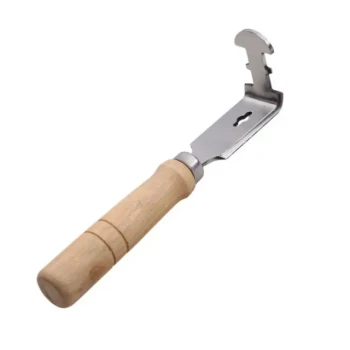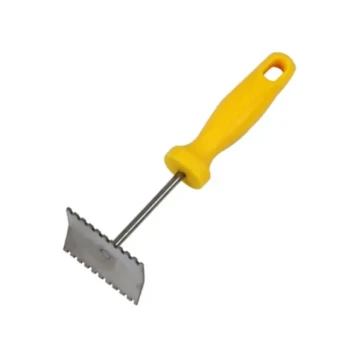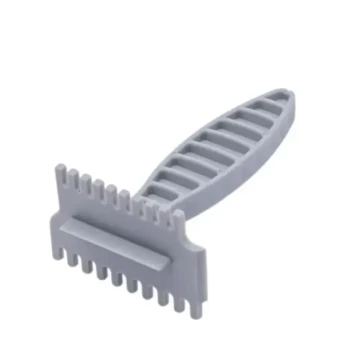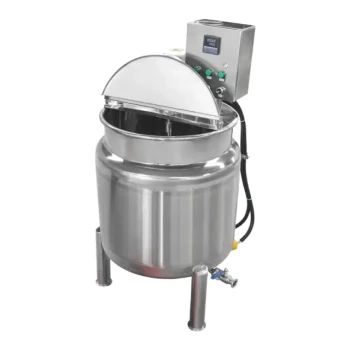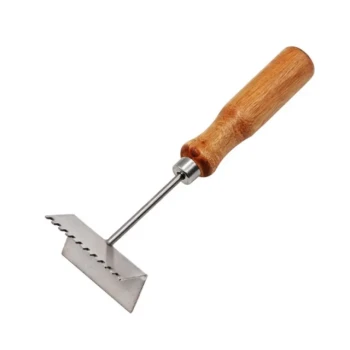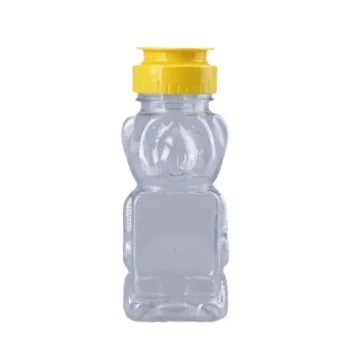Fundamentally, propolis is a complex natural mixture created by bees from plant resins. Its general composition is approximately 50% resins and balsams, 30% waxes, 10% essential oils, and 5% pollen, with the remaining 5% consisting of various amino acids, vitamins, and minerals.
The key takeaway is that propolis is not a single substance but a variable, hive-made composite. Its exact chemical makeup changes based on the local plants the bees visit, making every sample unique.
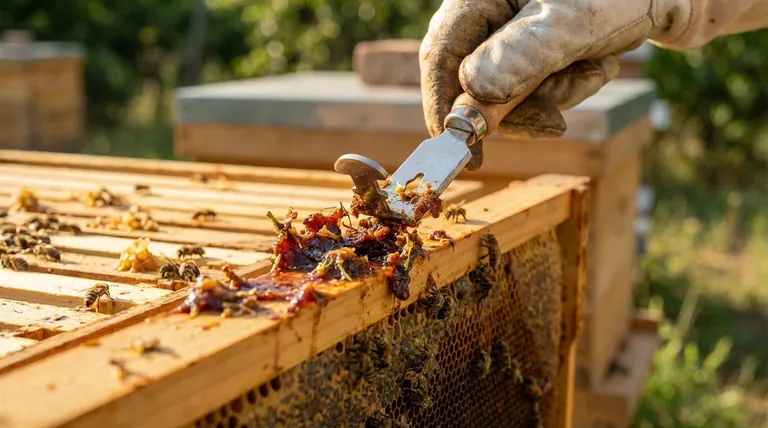
The Core Components of Propolis
Propolis is a meticulously crafted material, with each ingredient serving a distinct purpose for the hive. The percentages represent a general average, but they provide a clear picture of its overall structure.
Resins and Balsams (Approx. 50%)
This is the primary active ingredient in propolis. Bees collect these sticky resins from the leaf buds, twigs, and bark of local trees and plants. These compounds are the plant's natural defense mechanism and give propolis its renowned antimicrobial properties.
Waxes (Approx. 30%)
Bees integrate beeswax and their own salivary secretions into the collected resin. This wax content gives propolis its structural integrity, making it a pliable yet durable material for sealing cracks and reinforcing the hive.
Essential Oils (Approx. 10%)
The essential and aromatic oils are volatile compounds that contribute to the distinct aroma of propolis. They also play a significant role in its overall protective and antimicrobial qualities.
Pollen (Approx. 5%)
A small amount of pollen is consistently found in propolis. While likely an incidental addition during collection and processing, it contributes to the overall nutritional and chemical profile of the final product.
Trace Elements (Approx. 5%)
The final portion of propolis is a rich composite of other organic compounds. This includes amino acids, vitamins, and minerals, which are gathered along with the primary ingredients and add to its complexity.
The Critical Factor: Natural Variability
Understanding the composition of propolis means acknowledging its inherent variability. It is a product of its environment, not a standardized formula.
The Role of Geography
The specific types of resins, balsams, and oils depend entirely on the trees and plants available to the honey bees in their local foraging area. Propolis from a forest in Europe will have a different chemical profile than propolis from a tropical region in Brazil.
The Impact on Properties
This variation is not merely academic; it directly influences the material's properties. The color, aroma, and even the specific antimicrobial effectiveness of propolis can differ significantly from one source to another, depending on the plant chemistry the bees have harnessed.
What This Composition Means for You
Understanding these components helps you appreciate propolis for what it is and how to approach it.
- If your primary focus is therapeutic use: Recognize that the resins and essential oils are the key active ingredients, and their concentration and type will vary by origin.
- If your primary focus is beekeeping: The high wax content explains its function as a superb, self-made sealant and structural reinforcement for the colony.
- If your primary focus is general knowledge: View propolis as a remarkable example of natural engineering, where bees act as chemists to create a custom material from their environment.
This composition makes propolis one of nature's most effective and adaptable protective substances.
Summary Table:
| Component | Approximate Percentage | Key Function |
|---|---|---|
| Resins and Balsams | 50% | Primary active ingredient; provides antimicrobial properties. |
| Waxes | 30% | Provides structural integrity and pliability for sealing. |
| Essential Oils | 10% | Contributes to aroma and protective qualities. |
| Pollen | 5% | Incidental addition; contributes to nutritional profile. |
| Other (Amino Acids, Vitamins, Minerals) | 5% | Adds to the overall chemical complexity. |
Empower Your Apiary with Premium Supplies from HONESTBEE
Understanding the complex composition of propolis is just the beginning. To support the health and productivity of your hives, you need reliable, high-quality beekeeping equipment. HONESTBEE specializes in supplying commercial apiaries and beekeeping equipment distributors with the durable tools and protective gear necessary for managing hives that produce superior propolis and honey.
Let us help you build a stronger, more efficient operation. Contact HONESTBEE today to discuss your wholesale needs and discover how our products can benefit your business.
Visual Guide
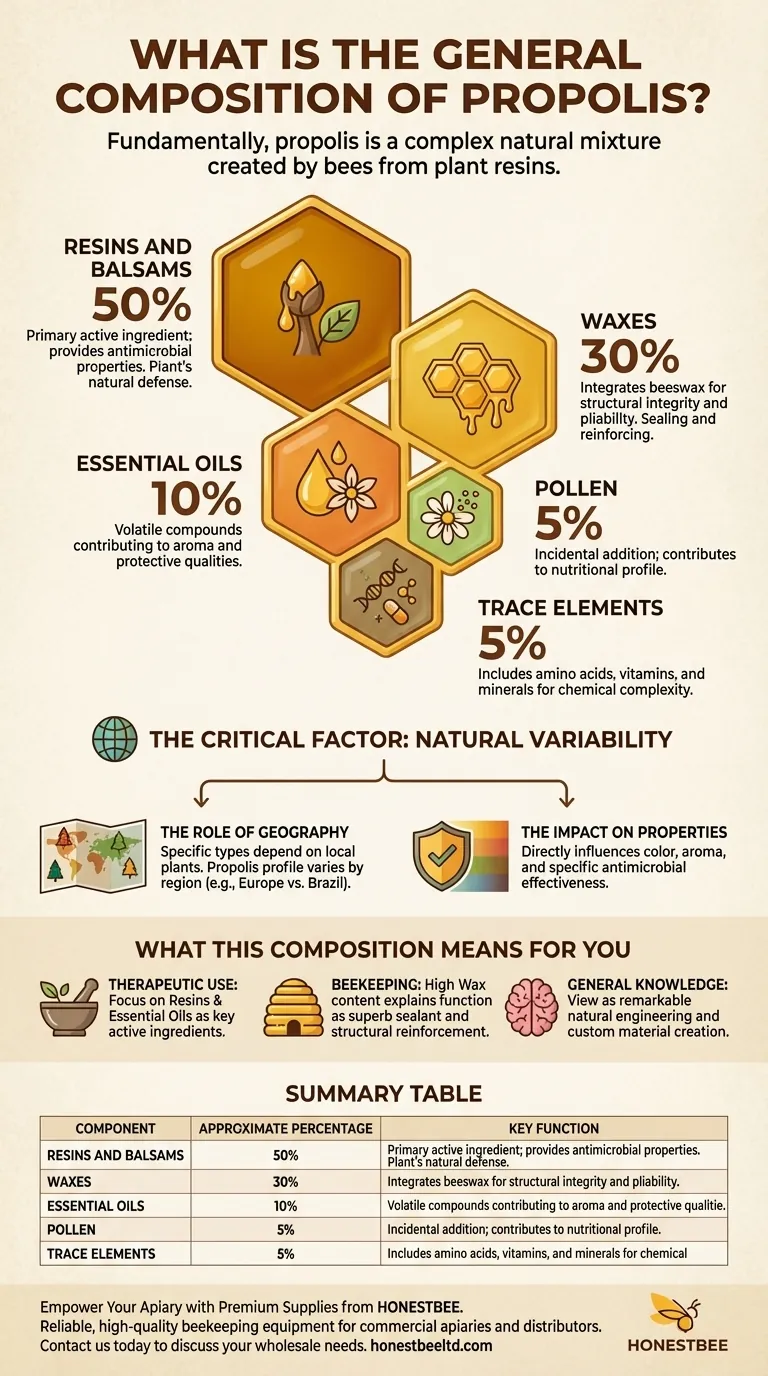
Related Products
- Professional Stainless Steel Frame Cleaner with Ergonomic Wood Handle
- Wide Adjustable Stainless Steel Honey Uncapping Fork with Scraper
- Stainless Steel Double Sided Honey Uncapping Fork with Scraper
- Professional Wide Blade Honey Scraper for Beekeeping and Honey Processing
- Extra Wide Stainless Steel Honey Uncapping Fork with Scraper Beekeeping Tool
People Also Ask
- What are the two main care and maintenance tasks for hive tools? Protect Your Hives and Your Investment
- How often should the area under beehives be inspected and cleaned during the warm season? A Proactive Maintenance Guide
- What type of bees are better adapted to certain climatic conditions? Match Bee Strategy to Your Climate for Success
- What is the function of a hive tool in beekeeping? The Essential Multi-Purpose Lever for Your Hive
- What are the basic tools needed for beekeeping? A Starter Kit Guide for New Beekeepers
